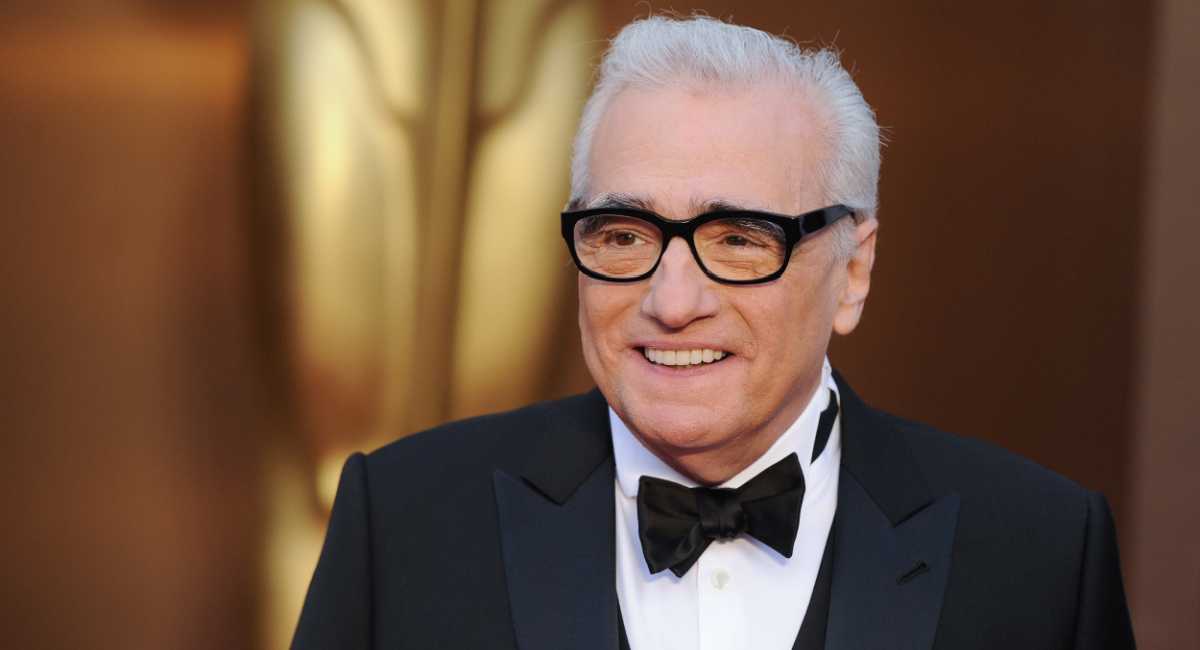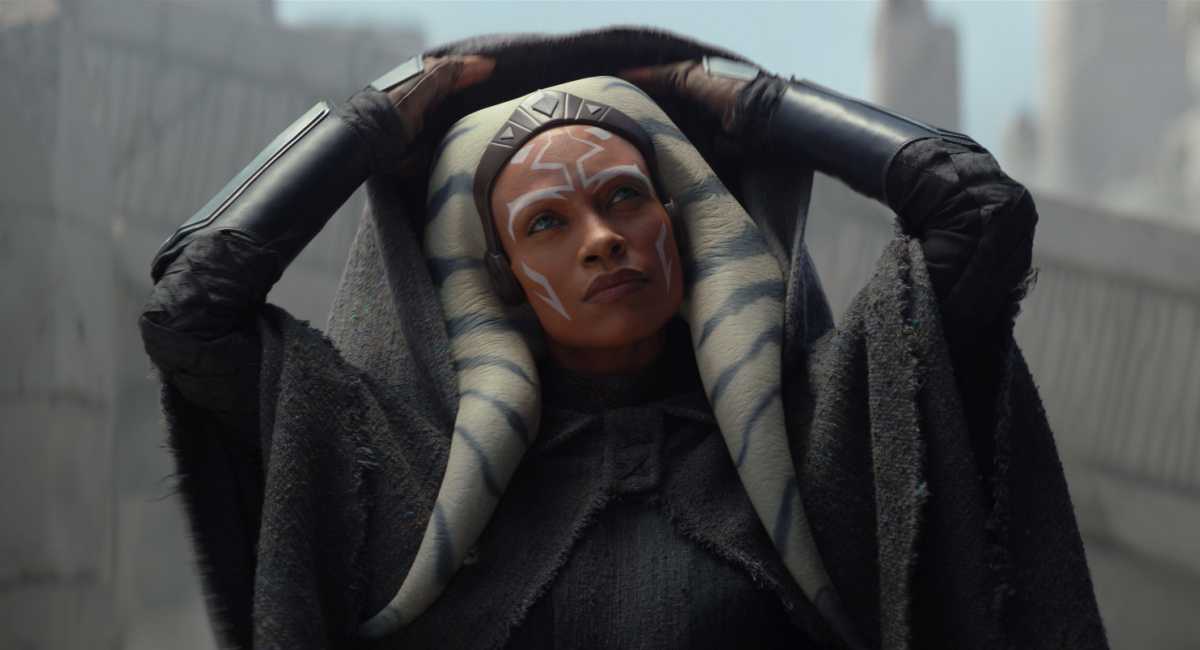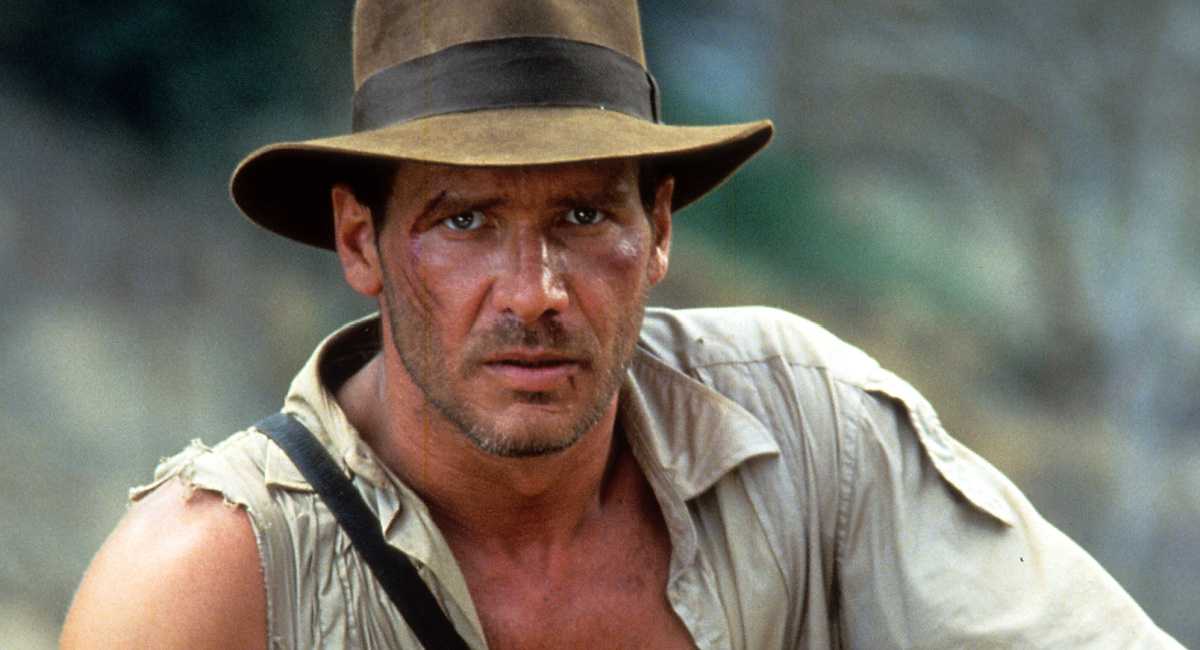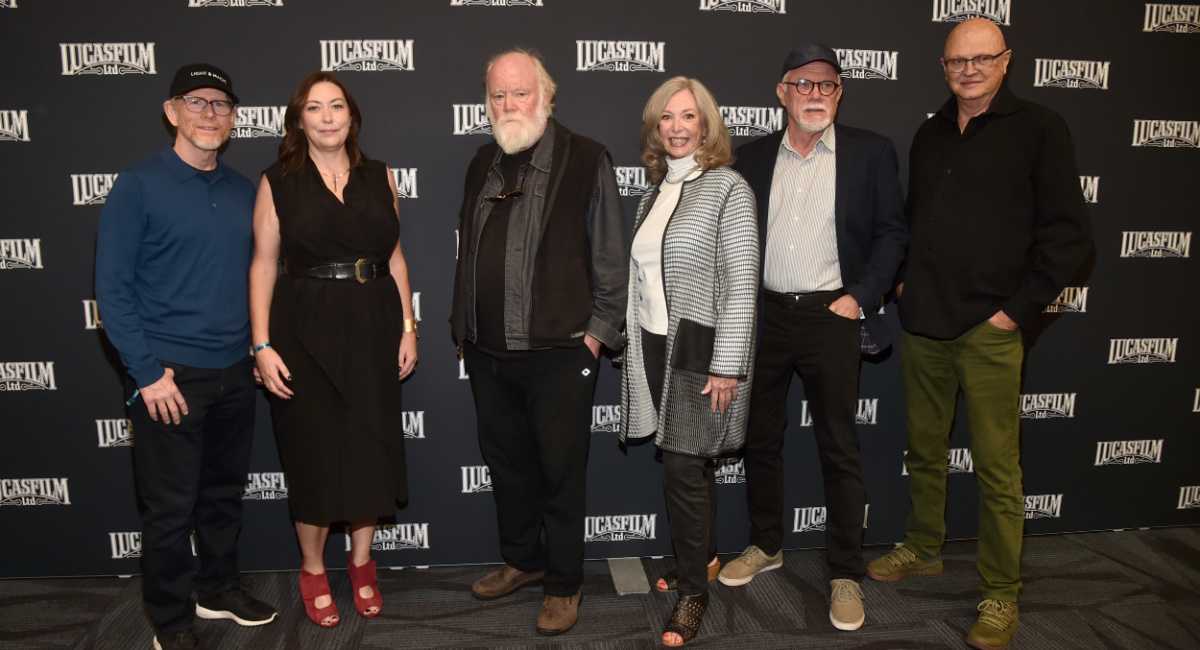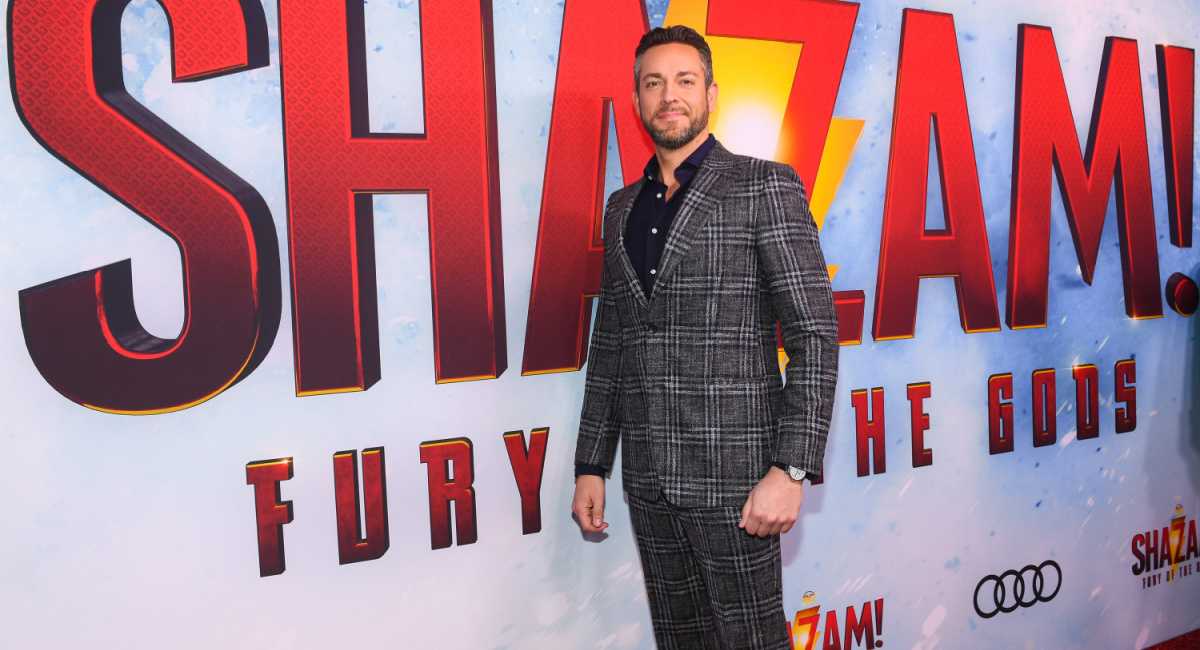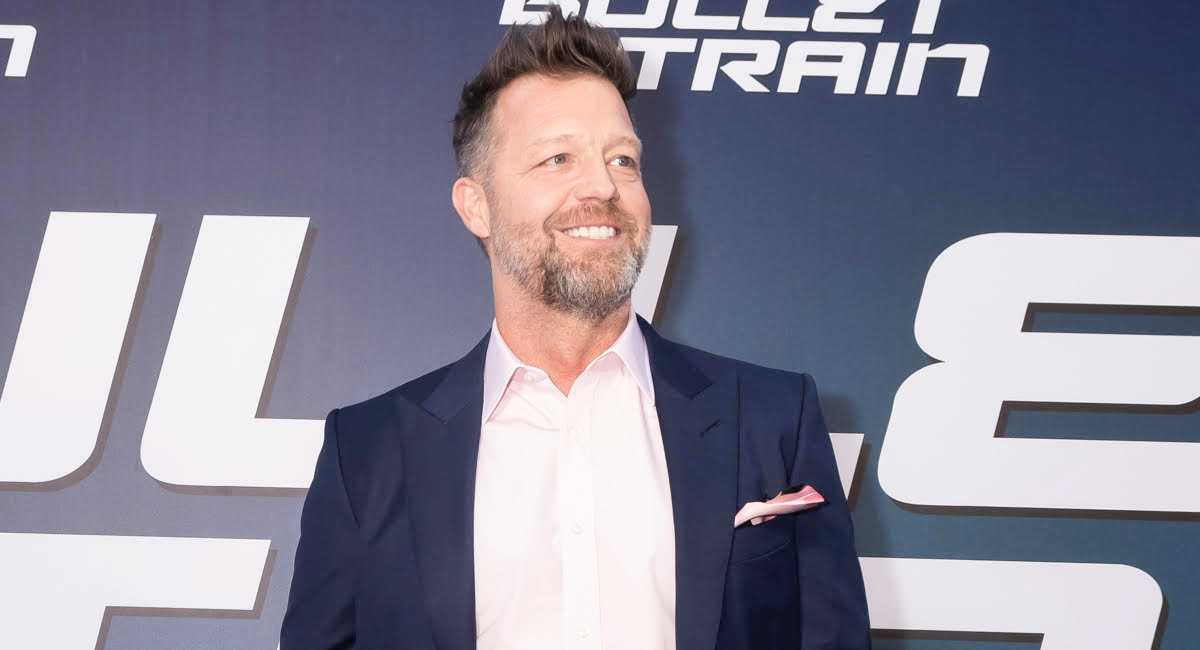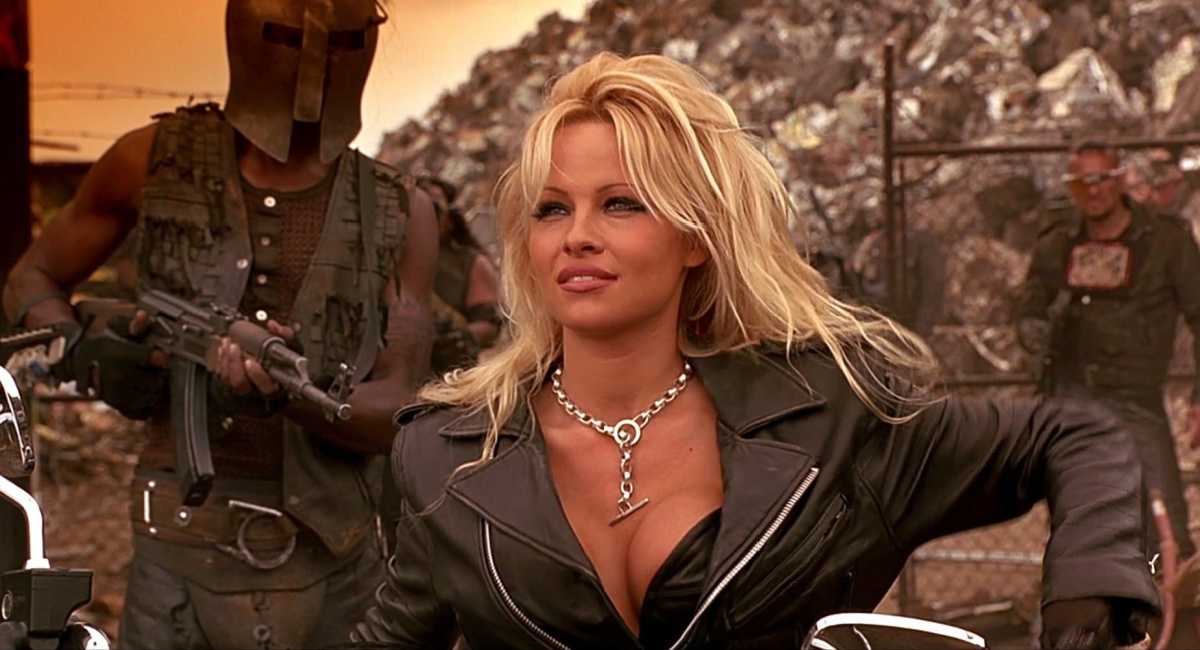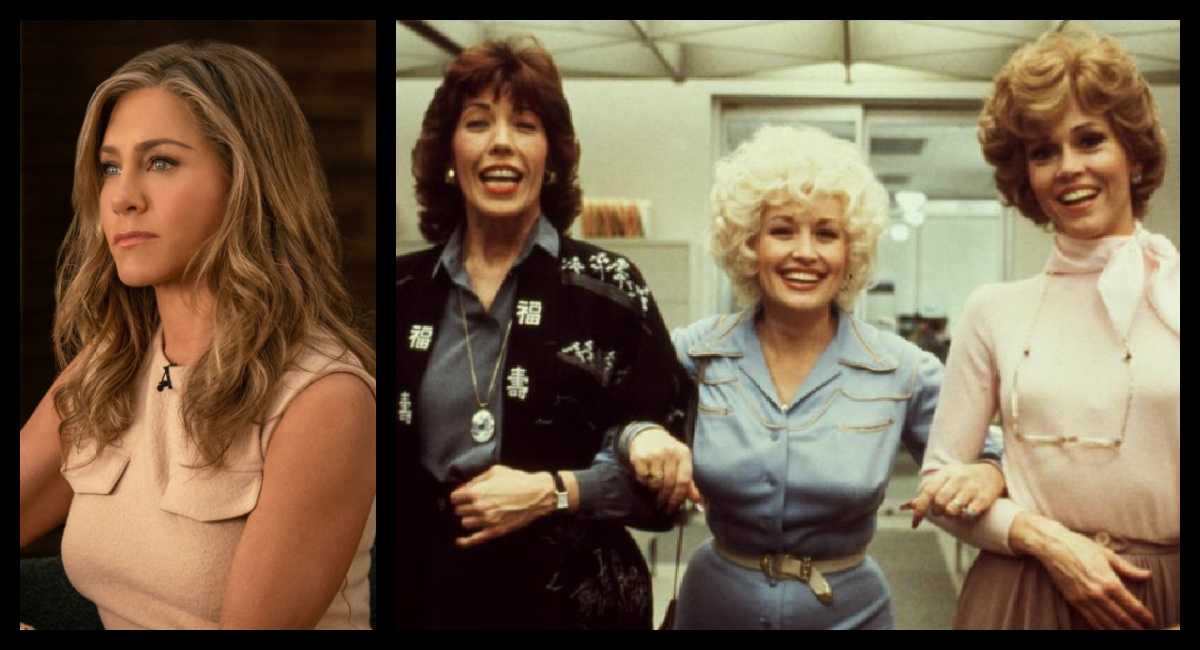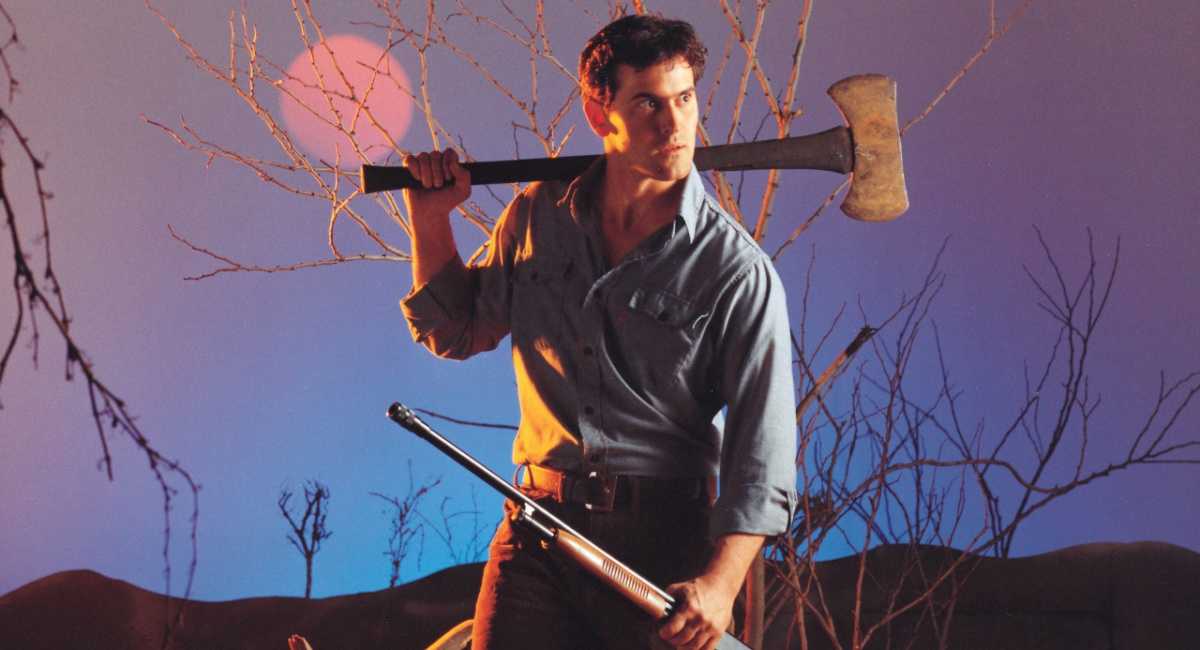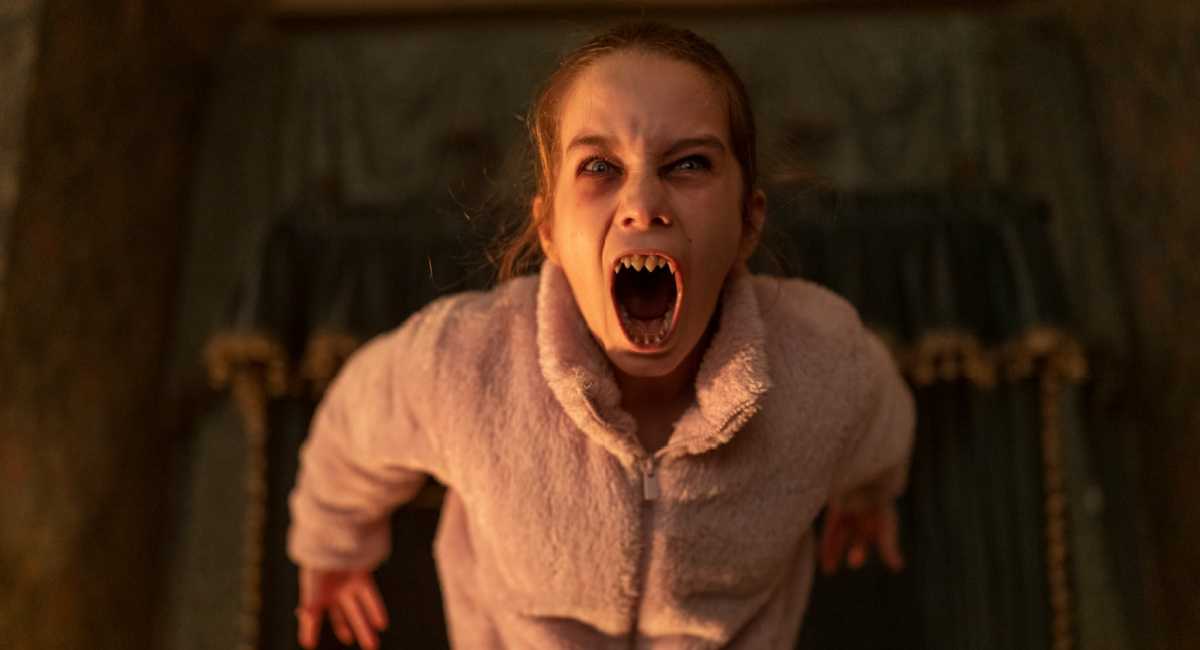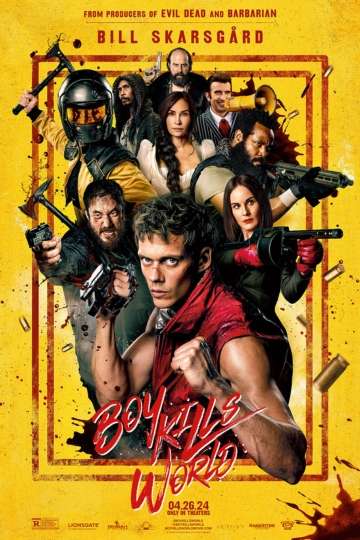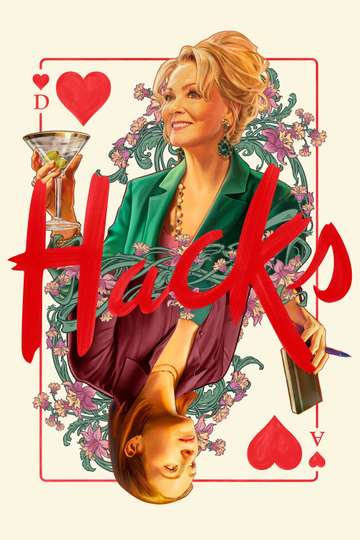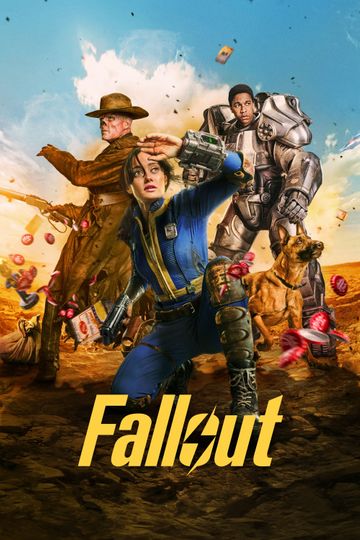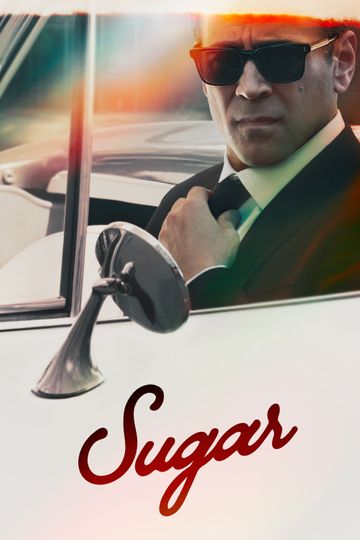George Lucas: 25 Things You Didn't Know About the 'Star Wars' Guru
George Lucas didn't just create the "Star Wars" universe. The filmmaker, who turns 71 on May 14, pretty much created the cinematic universe we live in now, the ones whose cornerstones include the THX sound system at your multiplex, the Pixar movies that have dominated animation for the past 20 years, and the Industrial Light & Magic special-effects house, whose aesthetic has ruled the Hollywood blockbuster for nearly four decades. He's the pioneer of the effects-driven action spectacle and the conversion from celluloid to digital, the two trends that, for better and worse, have defined Hollywood's output for nearly 20 years.
As ubiquitous as Lucas and his creations loom in our cinematic dreamscapes, there's still a lot that most people don't know about him, from how he got his start to the famous folks who mentored him or were mentored by him, from the size of his fortune to what he plans to do now that he's all but out of the "Star Wars" business.
Here are 25 pieces of little-known Lucas lore, Enjoy, and May the 14th be with you.
1. George Lucas's full name is George Walton Lucas Jr.
2. Like Luke Skywalker, Lucas was a speed demon as a youth. In fact, he dreamed of being a race car driver until, as a teen, he was involved in a near-fatal crash. Nonetheless, his interest in racing persisted, but only as a subject for films, from some of his student shorts to the drag race at the climax of "American Graffiti" to the pod race in "Star Wars: Episode I -- The Phantom Menace."
3. Lucas transferred from Modesto Junior College in his California hometown to the University of Southern California's film school. His roommate there was future "Grease" director Randal Kleiser. His classmates included future "Apocalypse Now" and "Red Dawn" screenwriter John Milius and future editor and sound designer Walter Murch, who would one day be best known for his work on "Apocalypse Now," and who also would co-wrote Lucas's first studio feature, dystopian sci-fi drama "THX 1138," as well as creating its innovative soundscape.
4. After graduation, Lucas, again like Luke Skywalker, sought to become a pilot. He tried to join the Air Force, but he was turned down because of all his speeding tickets. The Army drafted him to fight in Vietnam, but then it rejected him because he was found to be diabetic. So he re-enrolled at USC as a graduate student.
5. Lucas's biggest mentor and collaborator in his early years was none other than Francis Ford Coppola. Lucas's first Hollywood job was as a student intern on one of the first major features Coppola directed, the 1968 musical "Finian's Rainbow." In 1969, the year Lucas served as a jack-of-all-trades on the shoot of Coppola's drama "The Rain People," the two men founded American Zoetrope, a San Francisco-based independent studio meant to make avant-garde features. One of the company's first films was Lucas's "THX 1138," which flopped in 1971 but proved an influence on later futuristic sci-fi films and TV shows. After Coppola's success with "The Godfather," he urged Lucas to write and direct something more commercial. The result was the smash nostalgia piece "American Graffiti," which Coppola produced and made a fortune from as an investor. Despite all but imploding after the cost overruns from Coppola's "Apocalypse Now" (1979) and "One From the Heart" (1982), the studio survives today and is run by Francis' filmmaker children, Sofia and Roman Coppola.
6. Another early professional filmmaking job for Lucas: camera operator on the Maysles brothers' legendary Rolling Stones documentary "Gimme Shelter," which chronicled the free 1969 concert at Altamont Speedway in California where the Hell's Angels the Stones had hired to do security stabbed a concertgoer to death.
7. Lucas nearly directed "Apocalypse Now," according to early Zoetrope principal Murch. He said Milius wrote the script for the nightmarish Vietnam War drama back in 1969, at the height of the war, when no studio would have dared release it. Instead, Murch has said said, Lucas took the script's central plot element -- guerrilla rebels fighting a lumbering empire -- and turned it into "Star Wars."
8. As prolific as Lucas has been as a producer (26 features over the last 45 years), he's received script credit as a writer on just 16 and has directed only six.
9. The most notorious piece of "Star Wars" lore is the 1978 CBS "Star Wars Holiday Special," a hilariously bad piece of variety TV that includes song-and-dance numbers (including Carrie Fisher singing lyrics to John Williams famous "Star Wars" theme music), long stretches of Wookiee grunt-and-groan conversations that go untranslated into any human language, and a ten-minute cartoon that marks the first appearance of Boba Fett. Lucas has long since disavowed any involvement with the show, which aired only once but has circulated in homemade VHS recordings and on file-sharing sites ever since. Lucas has said he refuses to release the show on home video, though the Boba Fett sequence does show up as an Easter egg on the 2011 "Star Wars: The Complete Saga" Blu-ray set.
10. Lucas was a big fan of legendary Japanese filmmaker Akira Kurosawa; indeed, many critics have found similarities between "Star Wars" and Kurosawa's "The Hidden Fortress." When Kurosawa was in a career slump, Lucas and Coppola helped get him funding to make "Kagemusha," earning a producer credit for themselves. The 1980 classic resulted in a comeback for the 70-year-old director, who went on to follow it up with "Ran," one of his greatest successes.
11. Lucas helped protege Lawrence Kasdan, a screenwriter on "The Empire Strikes Back" and "Raiders of the Lost Ark," get his start as a director. He served as an uncredited producer on "Body Heat," the steamy 1981 thriller that launched the "Big Chill" filmmaker's directing career and made an instant star out of Kathleen Turner.
12. Lucas has blink-and-you'll-miss-'em cameos in six movies, two of his own ("Indiana Jones and the Temple of Doom," "Star Wars: Episode III -- Revenge of the Sith") and four by others ("Sesame Street Presents: Follow That Bird," pal Steven Spielberg's "Hook," "Beverly Hills Cop III," and "Men in Black"). He's also appeared as himself on the TV shows "Just Shoot Me" and "The O.C."
13. Lucas has been married twice: to editor Marcia Griffin (who won an Oscar for "Star Wars") from 1969 to 1983 and to DreamWorks Animation board chair Mellody Hobson since 2013. He has four children.
14. In the mid 1980s, singer Linda Ronstadt stopped dating then-unknown comic Jim Carrey (who, at 22, was 16 years her junior) and briefly dated Lucas, then 39, who had recently separated from his first wife.
15. During his split from Griffin, Lucas sold off the computer graphics research division of Industrial Light & Magic in order to pay the divorce settlement. The division, which had done the pioneering computer-generated animation for the Genesis planet sequence in 1982's "Star Trek II: The Wrath of Khan," was sold to Steve Jobs, who renamed the company Pixar. Within a few years, Pixar was releasing award-winning animated shorts, and eventually, the first full-length computer-animated feature, 1995's "Toy Story." And the rest is animation history.
16. After President Ronald Reagan began referring to the space-based Strategic Defense Initiative as "Star Wars," Lucas filed suit to prevent lobbyists from using his creation's name for the proposed weapons system, but he was unsuccessful.
17. Lucas sold Lucasfilm, the owner of the "Star Wars" and "Indiana Jones" franchises, and the parent company of Industrial Light & Magic and LucasArts (Lucas's video game division), to Disney in 2012. The deal was worth $4 billion, making Lucas the biggest shareholder in Disney aside from the estate of Steve Jobs.
18. According to Forbes, Lucas's current net worth is $5.2 billion.
19. For more than 30 years, Lucas has been brewing story ideas for "Star Wars: Episode VII," but he has said that the makers of the forthcoming film, due in December, chose not to use them.
20. Lucas has signed the Giving Pledge (along with other billionaires like Bill Gates and Warren Buffett), promising to give away half of his fortune to charity.
21. One of his philanthropic endeavors is the Lucas Museum of Narrative Art, scheduled to open in Chicago in 2018.
22. His other charitable donations include $1 million toward building the Martin Luther King memorial in Washington, D.C. in 2005 and $175 million to his alma mater, the USC film school, in 2006.
23. According to Skywalker Ranch lore, the Marin County, California compound was a monastery 150 years ago. Today, of course, it's the site of Lucas's archives and Skywalker Sound recording studio. There's also a man-made pond there called Lake Ewok.
24. Lucas has never won a competitive Oscar, but in 1991, the Academy gave him an honorary one, the Irving Thalberg award.
25. Lucas has long said that he sought commercial success only to enable him to make the kind of small-scale, experimental, cutting-edge movies he made in film school. The sale of Lucasfilm was supposed to get him out of the blockbuster business so that he could work on these less commercial projects. So far, they have yet to materialize.



